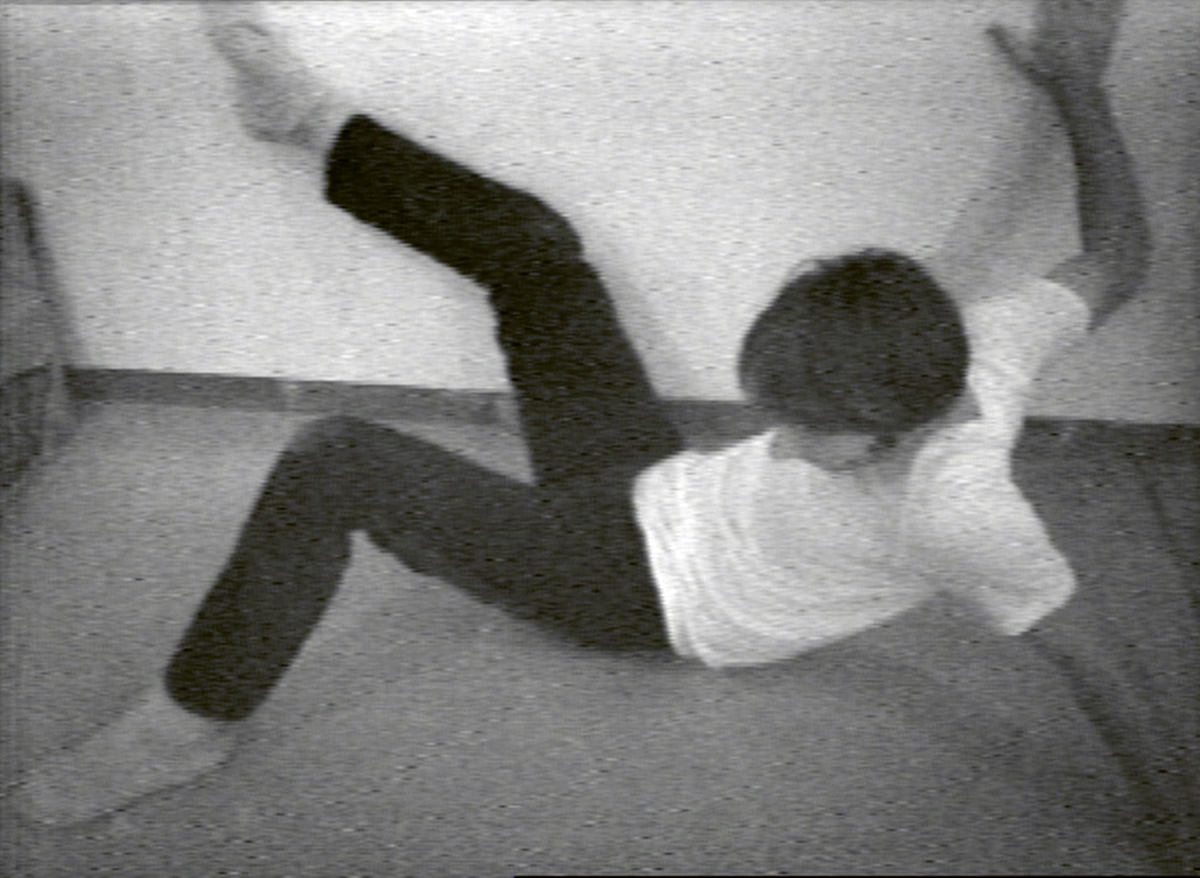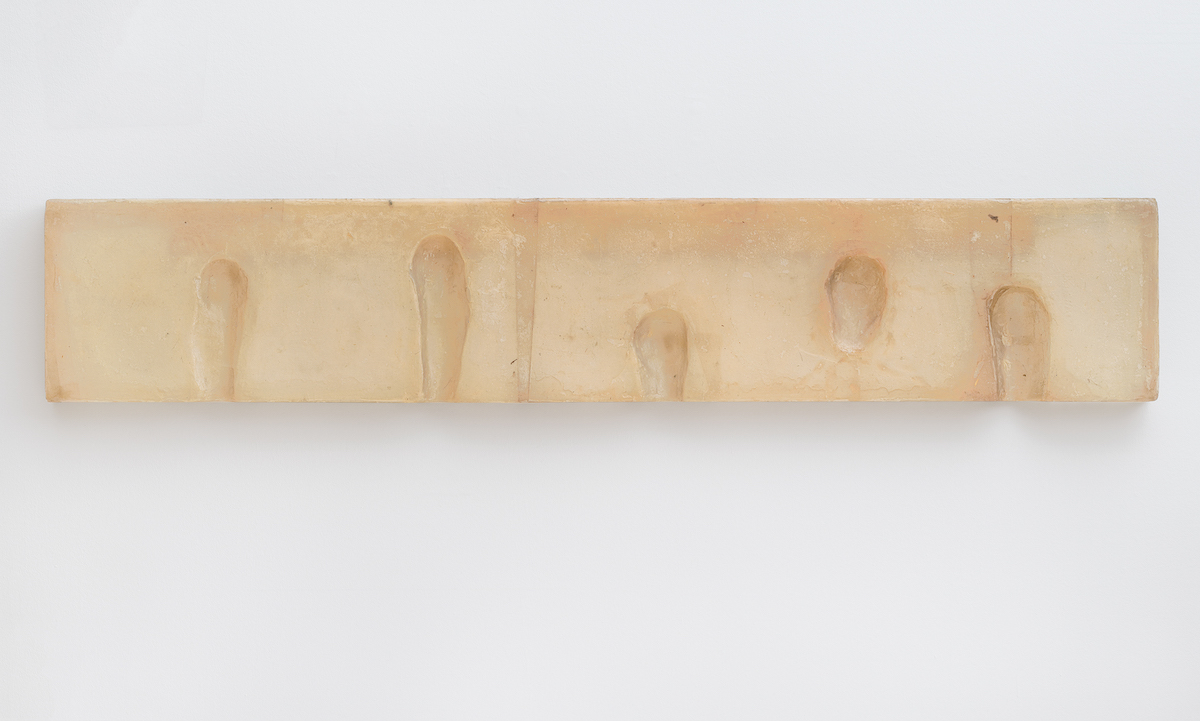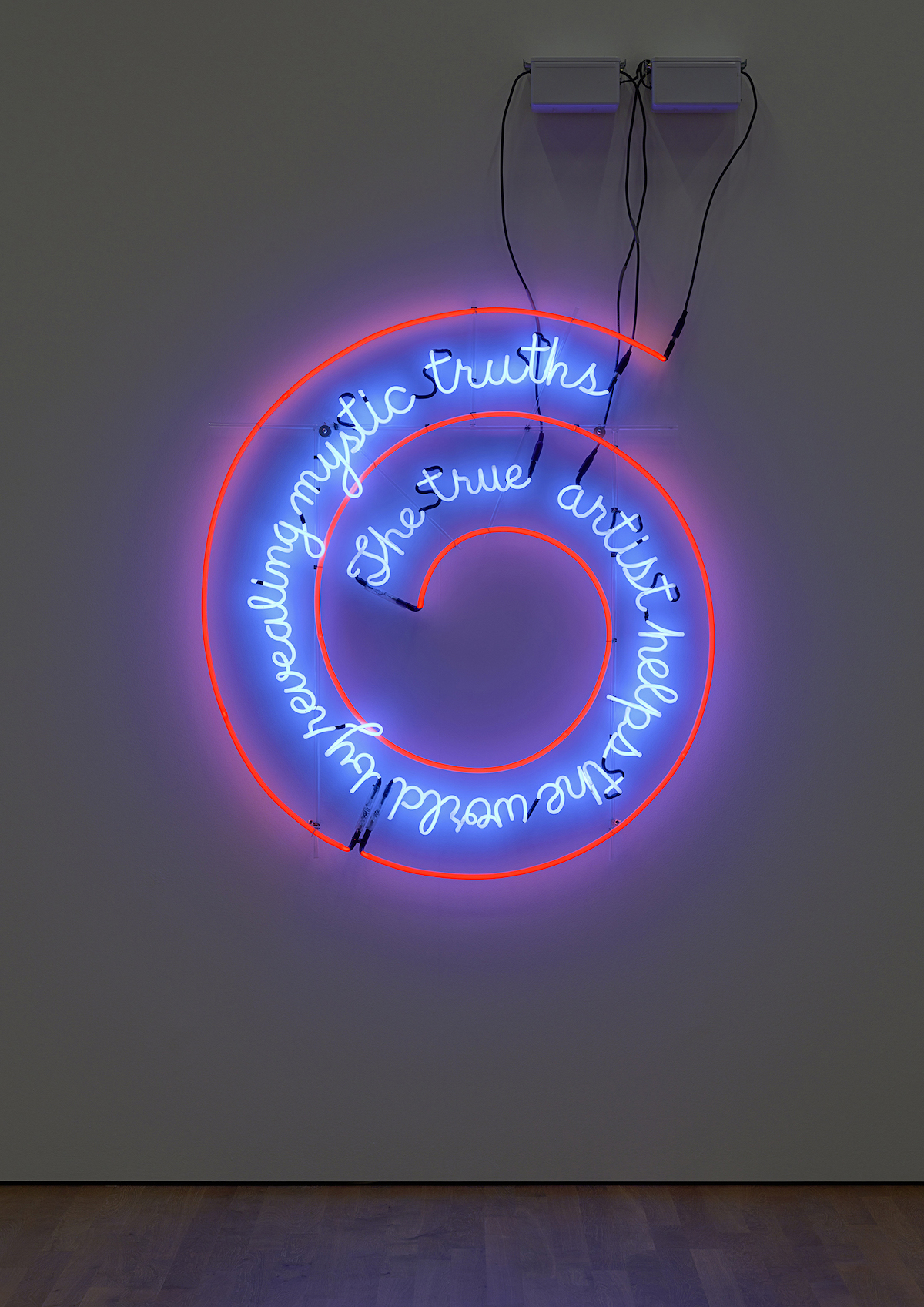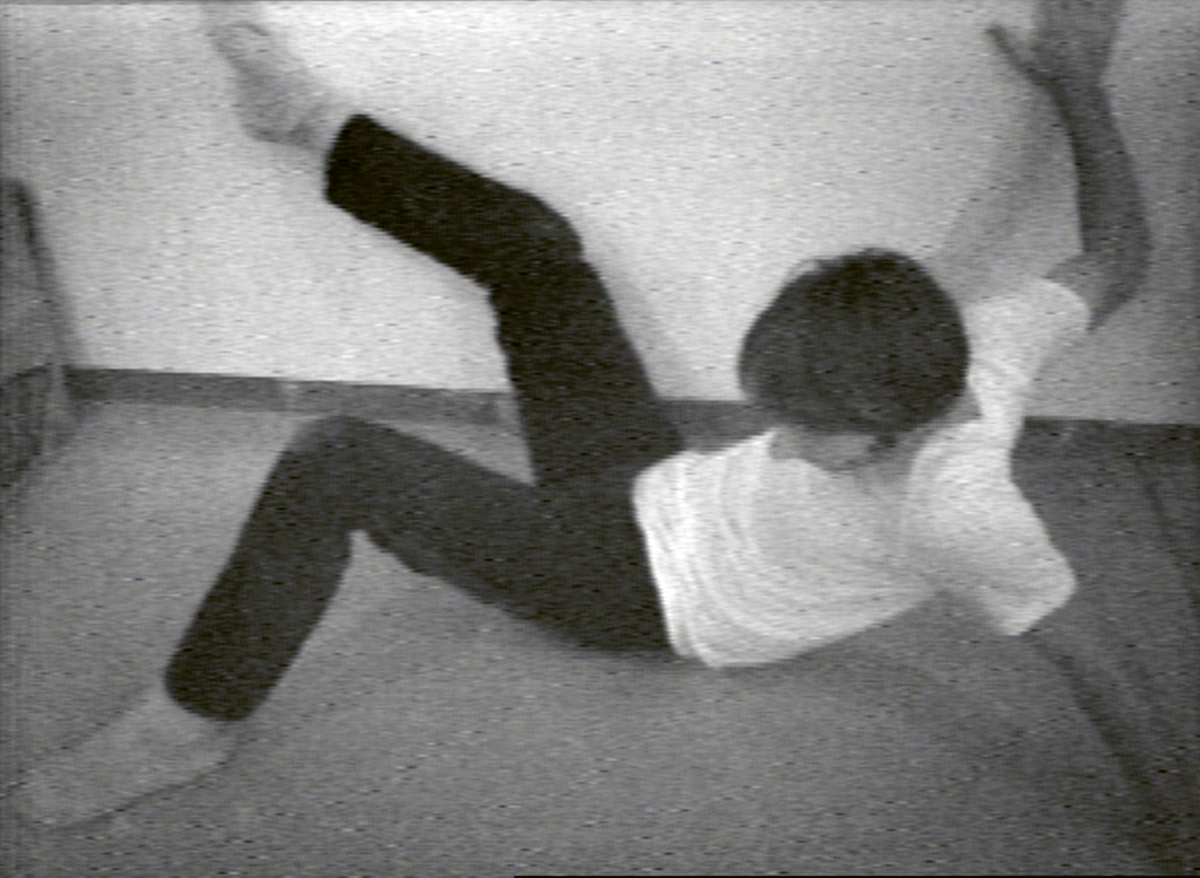[ad_1]

Bruce Nauman, Wall-Floor Positions (still), 1968, video (black and white, sound), 60 minutes.
©BRUCE NAUMAN/PROLITTERIS, ZURICH/STILL COURTESY ELECTRONIC ARTS INTERMIX (EAI)/EXHIBITION FILE COURTESY ELECTRONIC ARTS INTERMIX (EAI)/THE MUSEUM OF MODERN ART, NEW YORK, PURCHASED FROM VIDEO DATA BANK, THE SCHOOL OF ART INSTITUTE OF CHICAGO
In 1966, Joe Raffaele and Elizabeth Baker traveled to San Francisco, where they interviewed four emerging artists who mainly created sculptures—very weird sculptures, that is, that often resembled biological objects. One of the artists they spoke to was Bruce Nauman, who, at the time, had begun creating drily funny films, sculptures, and performances that eluded even the smartest of critics. Reprinted here in honor of Nauman’s retrospective at the Schaulager in Basel, Switzerland, Raffaele’s Q&A follows in full below. —Alex Greenberger
Excerpted from “The Way-Out West: Interviews with 4 San Francisco Artists”
By Joe Raffaele and Elizabeth Baker
Summer 1967
Raffaele: How did you start doing films?
Nauman: Films are about seeing. I wanted to find out what I would look at in a strange situation, and I decided that with a film and camera I could do that. In one film I did, the title was straight and everything else tipped on its side, partly because you could get more in the picture and partly as a concession to art—so it looked as if I did something to it, changed it. The films I did with Bill Allan are the closest to just making a film, without considering art. We made a film called Fishing for Asian Carp. Bill Allan got into his boots and went into the creek. We ran the film until Allan caught the fish.
Raffaele: Was it a put-on?
Nauman: No, it’s that you want to make a film, you don’t know how long it’ll take, and so you pick something to make it about that will determine how long it will be. When he caught the fish, it ended.
Raffaele: What is it that films give you that other work doesn’t?
Nauman: I guess the film becomes a record of what went on. Maybe also because you tend to believe that what is shown on a film is really true—you believe a film, or a photograph, more than a painting.
Raffaele: What is this piece called?
Nauman: A Wax Mold of the Knees of Five Famous Artists. Although it’s made out of fiberglass, and they are my knees. I couldn’t decide who to get for the artists, so I used my own knees. Making the impressions of the knees in a wax block was a way of having a large rectangular solid with marks in it. I didn’t want just to make marks in it, so I had to follow another kind of reasoning. It also had to do with trying to make the thing itself less important to look at. That is, you had to know what it is about, too. To go and look at it was to try and think whether you liked to look at it, or just how involved you were in looking at art in general; that was not quite enough though, you had to know these other things, too.

Bruce Nauman, Wax Impressions of the Knees of Five Famous Artists, 1966, fiberglass and polyester resin.
©BRUCE NAUMAN/PROLITTERIS, ZURICH/PHOTO: BEN BLACKWELL/SAN FRANCISCO MUSEUM OF MODERN ART, THE AGNES E. MEYER AND ELISE S. HAAS FUND AND ACCESSIONS COMMITTEE, GIFT OF COLLECTORS’ FORUM, DORIS AND DONALD FISHER, EVELYN HAAS, MIMI AND PETER HAAS, PAMELA AND RICHARD KRAMLICH, ELAINE MCKEON, BYRON R. MEYER, NANCY AND STEVEN OLIVER, HELEN AND CHARLES SCHWAB, NORAH AND NORMAN STONE, DANIELLE AND BROOKS WALKER, JR., AND PAT AND BILL WILSON
Raffaele: One has to approach your work in terms of itself, because it seems completely unlike anything else. What do you relate yourself to in past art?
Nauman: A little bit of everything. I suppose my work must have to do with some of the things the Dadaists and Surrealists did. I like to give the pieces elaborate titles like they did, although I’ve only been titling them recently.
Raffaele: How important is the making of the thing, as opposed to your conceiving of it? In this knee piece, is the actual doing of it—the molds and the fiberglass and the pour, etc.—the important thing, or is it the final image?
Nauman: A little of each—although it is should be O.K. if someone else made it. The problem is, you can’t get someone else to make it right. I’ve had that problem. I think I make the plans as well as they can be made, and then I bring them to somebody and they make the piece wrong, or they think they can make it stronger and do it another way.
Raffaele: What determines what medium you’ll use for a particular piece?
Nauman: The reason for making a piece is what it will look like. For instance, at one point I thought about making outdoor sculpture. I thought that outdoor sculpture was usually big, and durable, but that seemed very dumb, because it’s already nice outside with trees and fields, and I didn’t want to put something there and change it all. So I thought maybe I’d make something which fell apart after a while—which would return to nature. Like dirt, or paper, that would disintegrate. Then I made this piece which is a plaque which you put on a tree. After a few years, the tree would grow over it, and finally cover it up, and it would be gone.
Raffaele: That’s beautiful.
Nauman: Then I made plastic copies and I thought maybe I could send them to people I knew all over the world.
Raffaele: It reads, “A rose has no teeth.” What does that mean?
Nauman: I got it from Wittgenstein. He’s talking about language, and he says to think about the difference between “A rose has no teeth” and “A baby has no teeth.” With the first one, you don’t know what it means, because you’ve made an assumption outside the sentence. So when I thought of what to put on this plaque I thought of these words, because they have as much to do with nature as anything I could think of.

Bruce Nauman, The True Artist Helps the World by Revealing Mystic Truths (Window or Wall Sign), 1967, neon tubing with clear-glass-tubing suspension frame. Installation view at Schaulager, Münchenstein, Switzerland, 2018.
©BRUCE NAUMAN/PROLITTERIS, ZURICH/PHOTO: TOM BISIG, BASEL/COLLECTION OF THE ARTIST, EXHIBITION COPY
Raffaele: Do you think of what you do as art?
Nauman: It’s important that someone should see the work.
Raffaele: Yet the tree plaque is not about someone seeing it, it just exists somewhere.
Nauman: It could be in a gallery.
Raffaele: Then somehow it would be a plan or a scheme—like a new ship at the dock being inspected before its maiden voyage. I mean, the liner is for sailing and not inspecting.
Nauman: I’m not sure how I feel about doing these pieces and then not having anyone ever hear about them. It is really funny about my wanting to make things for people to see, and at the same time making them as hard as possible for people to see. I like to take the reference or contact points away, and those things which people are used to looking at—but that isn’t true either.
Raffaele: I see you’re making a neon sign with words on it. What does it say?
Nauman: “The True Artist Helps the World by Revealing Mystic Truths.”
Raffaele: And do you believe that?
Nauman: I don’t know; I think we should leave that open.
[ad_2]
Source link

